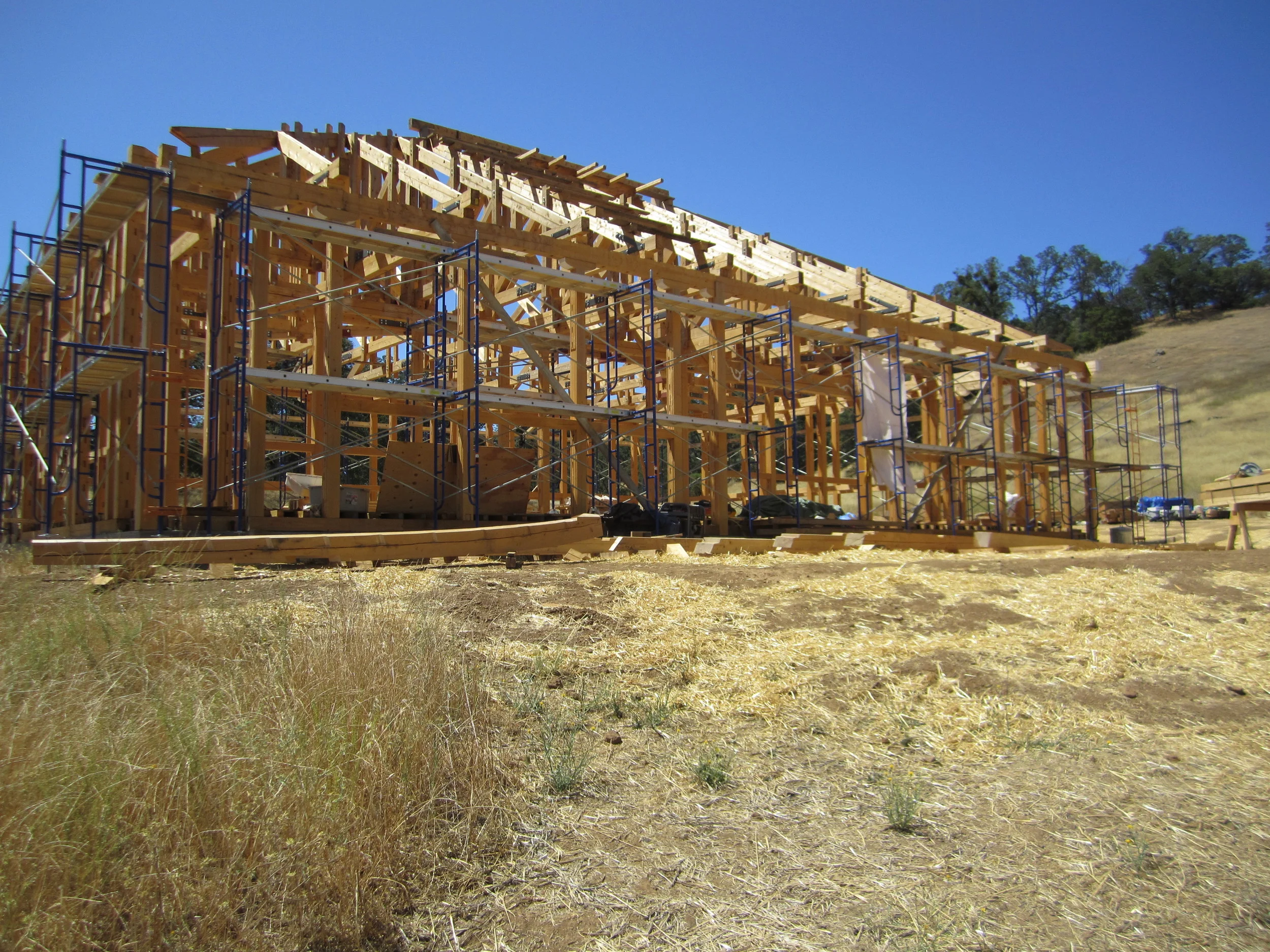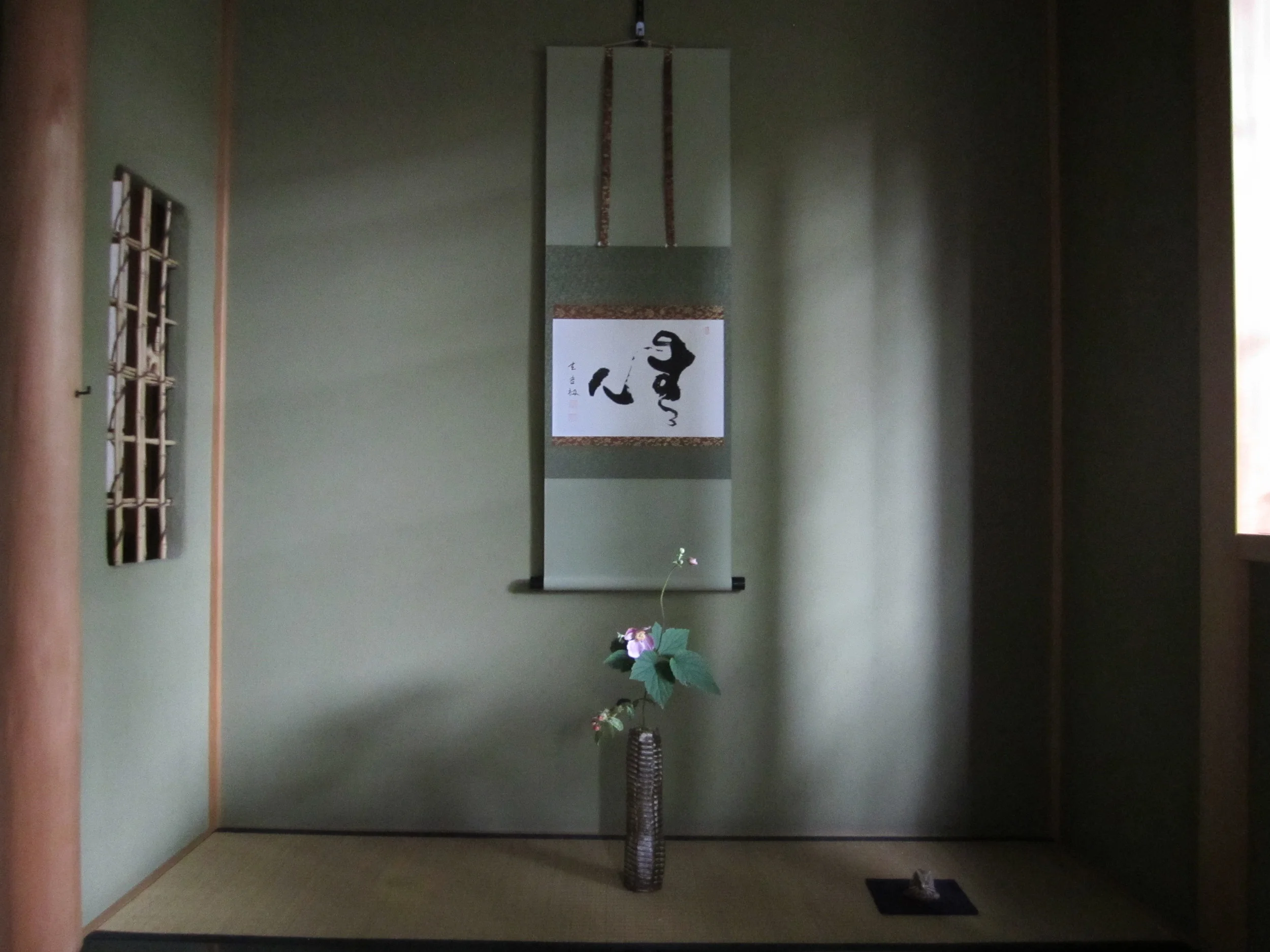好人庵禅堂
Kojin an Zendo began in 1982 when Yoshie Akiba, Kazuo Kajimura, and Hiroyuki Hori, the co-founders of Yoshi’s restaurant and jazz club, created a four-mat Zendo and a small Japanese tea room in the attic of their home on Claremont Avenue, Oakland. The Zendo held up to ten people, and was gradually filled by friends and neighbors who wanted to join the founders for meditation and tea.
On March 13, 1983, Kojin an opened in a ceremony conducted by Rev. Gengo Akiba, then a guest teacher at San Francisco Zen Center, and Rev. Ekai Korematsu then residing in Berkeley. Rev. Akiba named it Kojin-an 好人庵. Kojin means “good people” and an means “gathering place,” so Kojin-an is “where good people meet.” Rev. Korematsu led meditation there twice a week until he returned to Japan in 1986. The following year, Rev. Akiba became the resident priest and established daily meditation.
In August 1990, Kojin-an moved to its present location in the Rockridge district of Oakland, California. The property included a residence where the living room became the new meditation hall.
In 1991, Kojin-an was formally incorporated as a 501(c)3 non-profit Church under the official organization name, “Oakland Zen Center”; around the same time Rev. Akiba began raising funds to construct an eighteen-mat Zendo on the property in the traditional Japanese Soto Zen monk’s training hall style.
On February 8, 1994, the administrative headquarters of Soto Zen in Japan (Soto-shu Shumucho) formally recognized Kojin-an as an official Soto-shu temple in North America. The Rev. Akiba’s teacher, the Rev. Chido Shoitsu, and then-abbot of Eihei-ji, the late Rev. Ekiho Miyazaki, were asked to be the official founders.
The Rev. Akiba was installed as abbot in June 1994.
From 1997 to 2010, he also served as Sokan (“Bishop”), of Soto-shu in North America, and as abbot of Zenshu-ji Temple in Los Angeles.






















